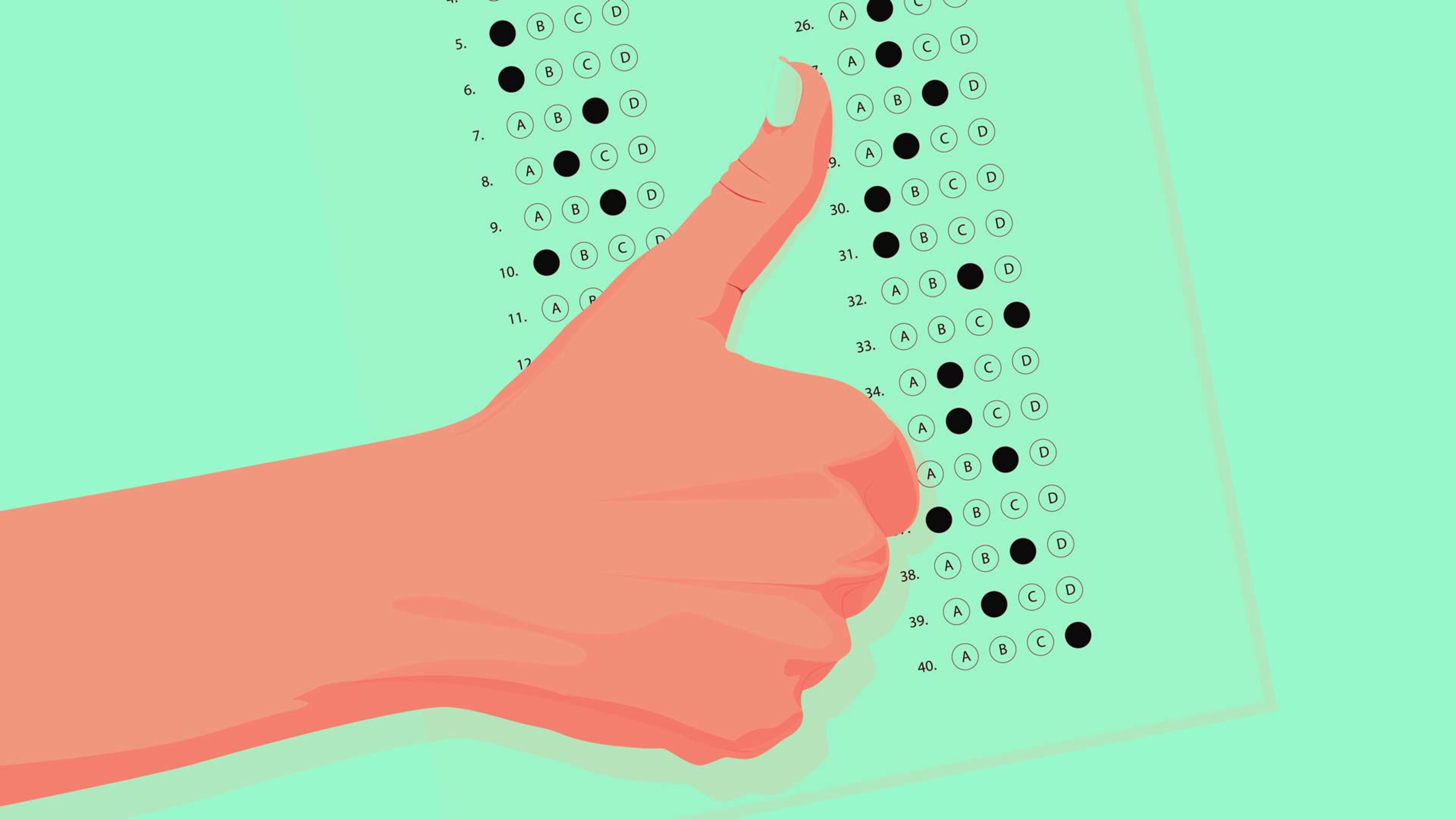Research shows that 76% of organizations with more than 100 employees rely on assessment tools such as aptitude and personality tests for external hiring, and that figure is expected to increase in the coming years.
Employers may reach for personality tests for a variety of reasons. For some, it’s an efficient way to better understand your employees. You can leverage people’s natural strengths, and develop a better understanding of their individual styles and team working dynamics.
Personality tests can also give leaders an idea of how well a candidate may fit into a particular position or job setting. This is especially important for us at Human Ventures, as we look closely at personality traits to identify founders with strong EQ who will be able to inspire growth in their teams and themselves. We even built a proprietary founder assessment tool that we use in our venture studio.
Whether you’re a CEO trying to find the right test for your company, or you’re an employee wanting to familiarize yourself, here is a quick breakdown of the most commonly used workplace personality assessments.
Myers-Briggs
While some experts dispute the science behind it, the Myers-Briggs Type Indicator (MBTI) is the most widely used psychological instrument in the world. It was created by mother-daughter duo Isabel Myers and Katherine Briggs, who was fascinated by Carl Jung’s theories on personality types. MBTI identifies people as having one of 16 personality types, determined by how they rank along with four different scales.
These scales include:
- Extraversion (E) – Introversion (I): Determines if someone gains energy from the outer world of people and experiences (extraverted) or from the inner world of reflection and thoughts (introverted).
- Sensing (S) – Intuition (N): Pertains to how people collect information. Sensors tend to look at their immediate environment – what they see, feel, and hear. Intuitives are more inclined to focus on possibilities and what might be.
- Thinking (T) – Feeling (F): Hones in on how people make decisions. Thinking individuals are more inclined to listen to facts and objective logic. Feeling individuals put a stronger emphasis on values and emotions.
- Judging (J) – Perceiving (P): How individuals approach the outside world. Judging individuals prefer to live in a planned and organized manner while Perceiving individuals enjoy spontaneity.
The test includes a series of questions that are answered on a scale of agree to disagree. The results can offer insights into a person’s likes, dislikes, strengths, weaknesses, career preferences, and compatibility.
Enneagram
The Enneagram offers nine distinct personality types (referred to as Type 1, Type 2, etc.). Although everyone has a bit of all nine types within them, one type serves as the foundation. These types all include their own set of healthy and unhealthy attributes that emerge in times of stress and security. For every basic Type, there are two Wings, aka the Types that are sitting adjacent to yours. Most people have a dominant wing that adds important, sometimes contrasting, elements to their overall personality.
In addition to Wings, there is also a series of Arrows connecting different numbers. These are meant to represent what personality types and traits a person picks up on when they are in a state of integration (security) or disintegration (stress).
The Enneagram is meant to help people understand why they behave the way that they do, based on the core fears and desires that drive each type. Founder coach and Enneagram expert Josh Lavine calls it, “night vision goggles for your inner world.” While your type does not change, your attributes and behaviors often shift based on how stressed or secure you feel at a given time. The beauty of the Enneagram is that it’s not just a way to learn more about your own inner world, but a powerful way to quickly understand the motivations of others, making it, as Josh says, an “empathy accelerator.”
The Big 5
The Big 5 is one of the most widely accepted personality tests in the scientific community and is built off of the premise that human personality can be measured along five major dimensions, each distinct and independent from the other.
- Openness refers to one’s openness to experience. People who score highly in openness tend to be more creative, abstract thinkers.
- Conscientiousness pertains to a person’s goal orientation and persistence. High rankers are more organized and in search of long-term achievements.
- Extraversion ranks a person’s reaction to the outside world and social stimulation.
- Agreeableness looks at how a person prioritizes their own needs compared to the needs of others.
- Neuroticism measures a person’s likeliness to react to stressful situations negatively.
The difference between The Big 5 and the other assessments is that it’s a trait model, not a type model. Scientists see the trait model as offering a more evidence-based result, but fans of the Enneagram might argue that traits only tell you how others perceive you from the outside, rather than what’s driving you on the inside.
The bottom line is: relationships are the foundation for collaboration and success at work, and the key to understanding them starts with understanding yourself.
Companies can only grow as fast as the teams who are running them. Leaders that support their employees’ personal growth will reap the benefits of better engagement, performance, and collaboration.
Heather Hartnett is the CEO and general partner at Human Ventures.
Recognize your brand’s excellence by applying to this year’s Brands That Matter Awards before the early-rate deadline, May 3.
